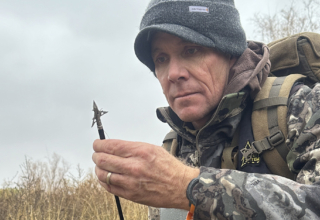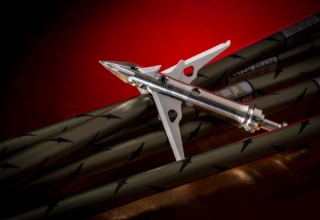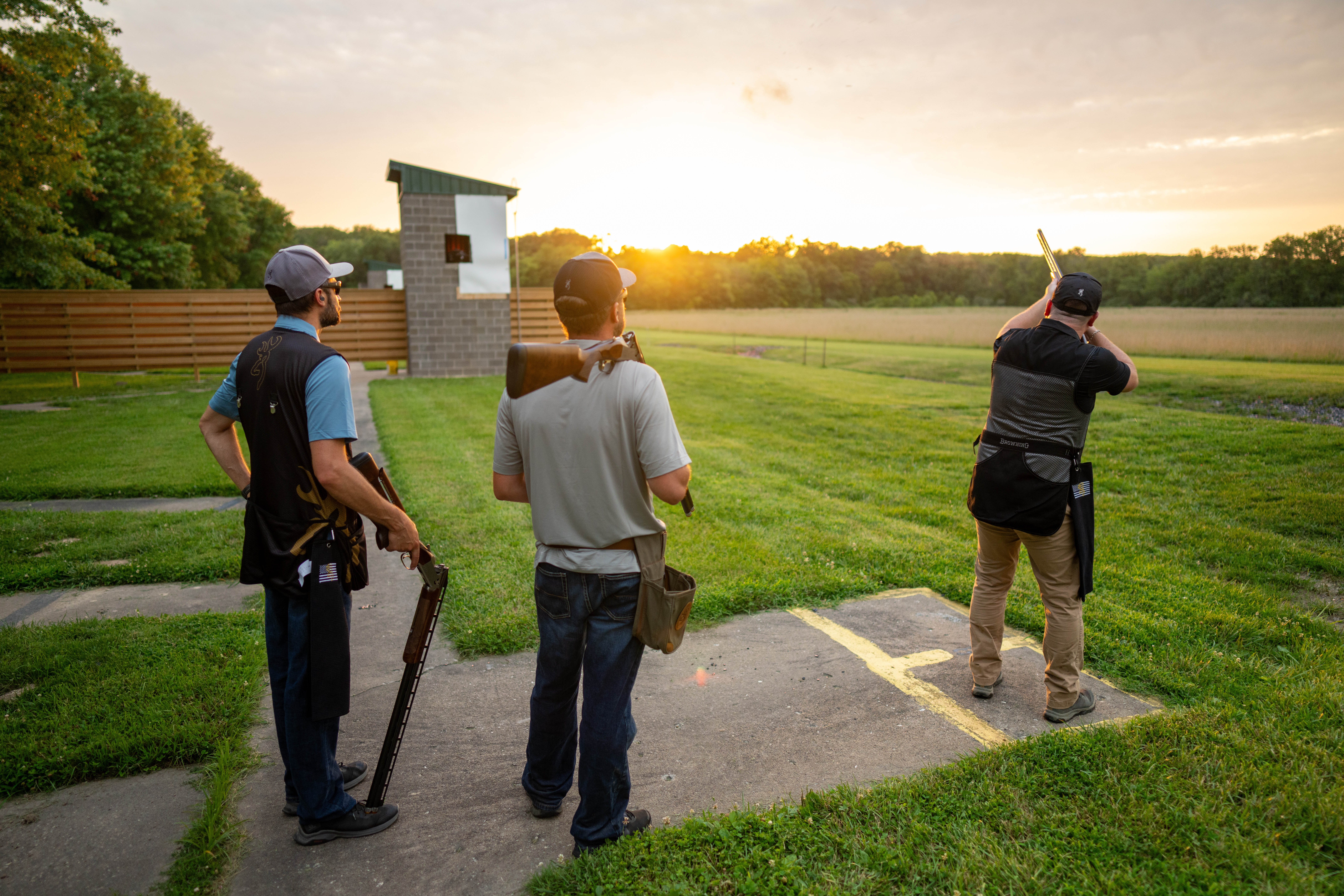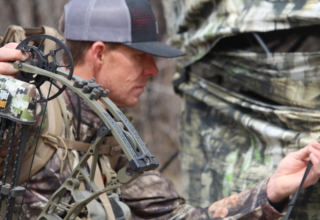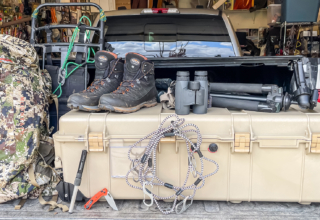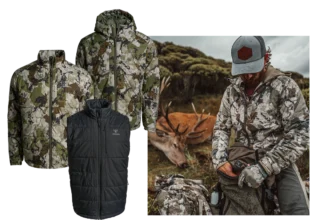SEVR adds the Titanium 1.75″ to its impressive lineup of razor-sharp, uber-accurate killers for 2023. We put the broadhead to the test, and as we expected, SEVR has crafted another win.
by Jace Bauserman
I have spilled a lot of blood with SEVR Broadheads. The Titanium 1.5″ has been my go-to for elk and other big-boned animals for the past three seasons. The Titanium 2.0″ has been pure poison on whitetails and turkeys.
Regarding bowhunting gear, few items rival the importance of an excellent broadhead. The broadhead does the killing or, in the case of a lesser broadhead, the wounding. I hate to say that, but let’s not sugar-coat things — there are some horrendous broadhead builds out there.
The reasons I fill my quiver with SEVR heads are many. These mechanical broadheads are sharp, fly like my field points, penetrate deep, cut like crazy, and I can use the same broadhead for hunting that I used during practice sessions. More on this in a bit. Mostly, though, they fill me with confidence. Bowhunting is all about confidence.
When you’ve spent nine days in the backcountry, and a bull elk finally gives you an opportunity, you want to know your broadhead will do its job. When a once-in-a-lifetime bighorn sheep steps to a cliff’s edge and you must make a perfect downhill 62-yard shot, you must know your broadhead will find its mark.
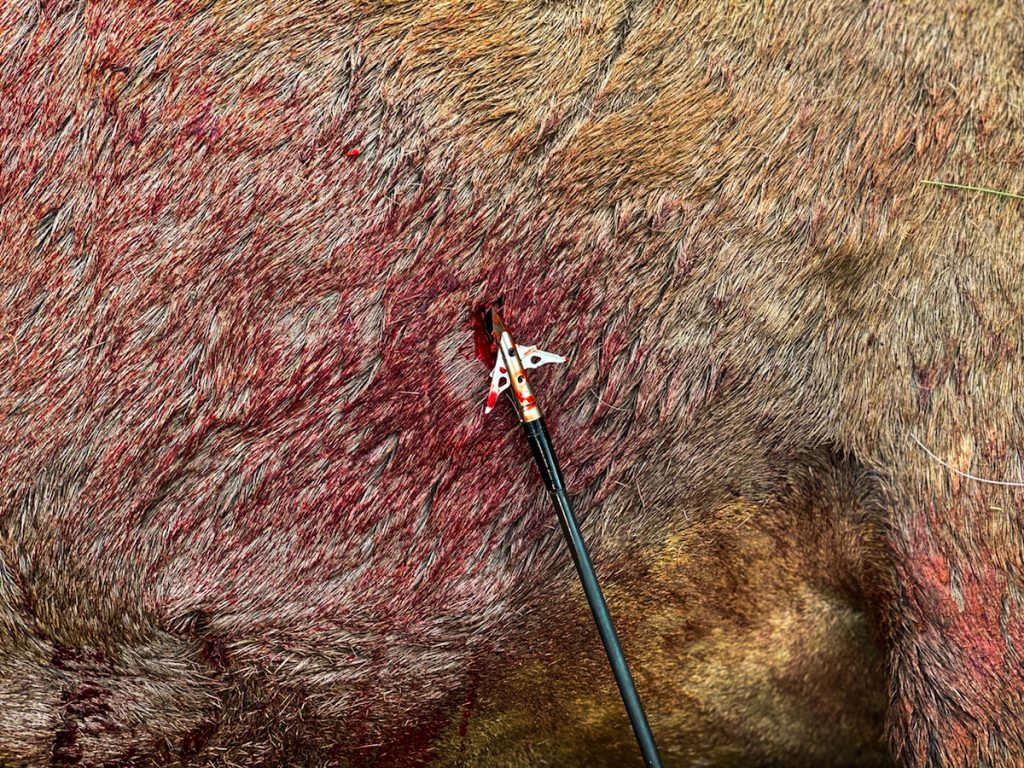
By the way, the above hunt scenarios were a pair that played out for me during the past few years. Both animals expired within 80 yards of my Easton’s impact. I have maximum confidence in SEVR broadheads.
For 2023, SEVR adds to its family of killers. Welcome the SEVR Titanium 1.75″. Featuring the same tried-and-true build as the 1.5″ and 2.0″, SEVR crafted this head to fill a niche.
The Titanium 1.75″ is sleek and sexy and fills a gap in cutting diameter between the 1.5″ and 2.0″. Let’s dive in.
The Build
You don’t get a cleaner-looking rear-deploy broadhead. From the needle-point tip to the marriage of the ideal strength-to-weight titanium ferrule to the 8-32 threading, the broadhead is a masterpiece of engineering.
Like other heads in the lineup, the 1.75″ has Lock-and-Pivot Blades. A patented SEVR original, these non-barbed blades remain in the ferrule until impact. On impact, they open quickly and lock in place but pivot up/down to avoid hangups on bone and fatty tissue and keep the arrow straight as it passes through.
Practice Mode, and I will expand on this more, means you can practice and hunt with the same broadhead. A second hole in the ferrule accepts an included set screw that locks the blades in place during practice.
The Facts
SEVR broadheads have won about every accuracy test conducted — their ballistics are remarkable. Tested on my Hornady GS-1500 scale, the average grain weight of three separate 1.75s was 100.6 grains.
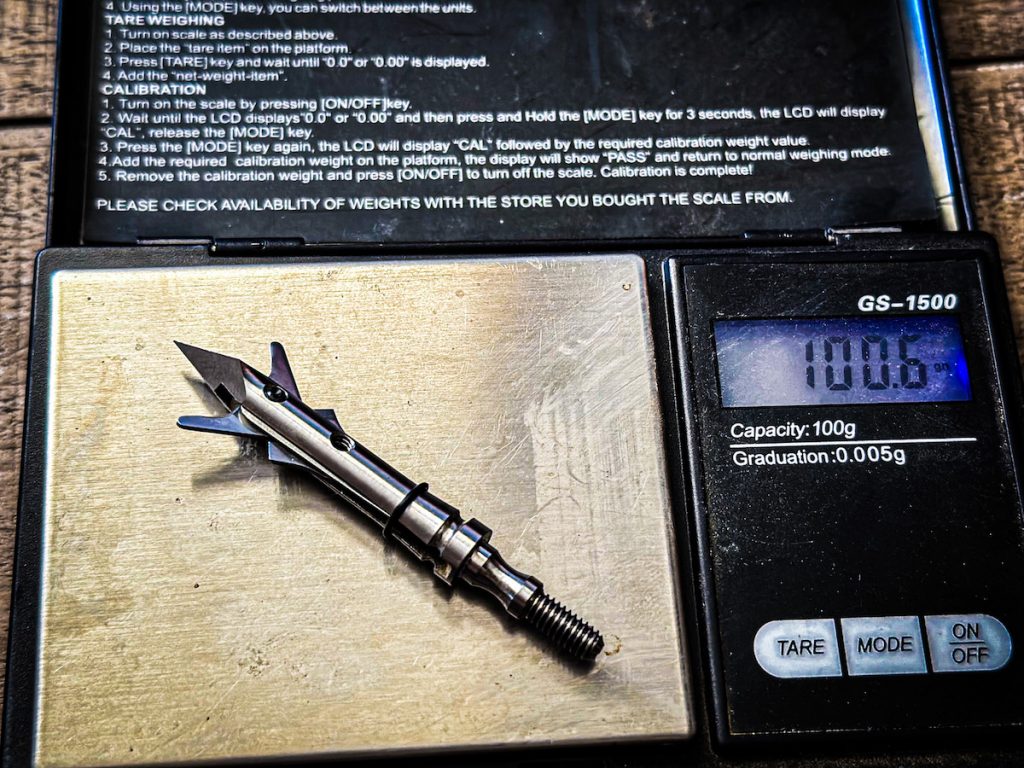
The length of the ferrule at first glance looks identical to the 1.5″, but it is a tick longer. This makes sense, as the blades are longer.
I measured each blade’s thickness with a micrometer and confirmed the .032″ blade rating. Nothing about this broadhead’s design raises a red flag.
I threaded included practice screws into all six broadheads sent for testing, and each screw slid in with ease. All broadheads locked in place when I manipulated the protruding-from-the-ferrule wing tabs. The included red-tab tool (more to come) made putting the blades back in the ferrule a breeze.
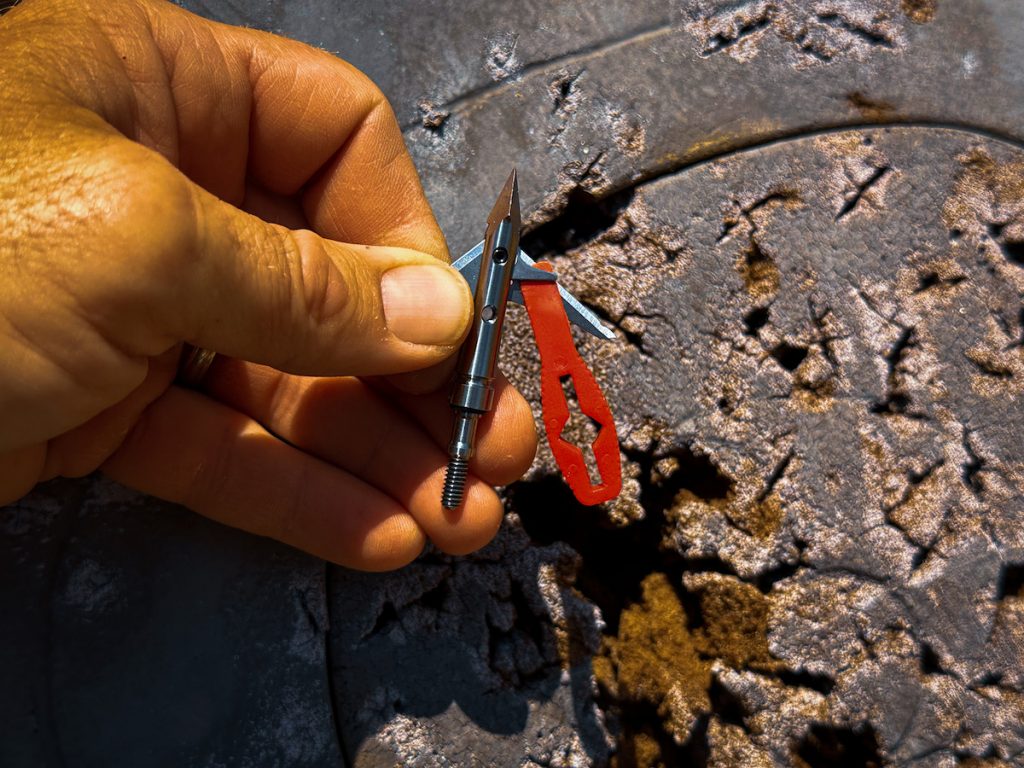
Accuracy
I hoped the SEVR 1.75s, as I’m incredibly excited about this cutting diameter, would fly like my 1.5s. My 2.0″ broadheads fly great, but their long-range accuracy can’t touch the 1.5″ heads.
I was pleased. My first three-arrow group from 70 yards stacked three Titanium 1.75″ broadheads into a 5-inch diameter circle.
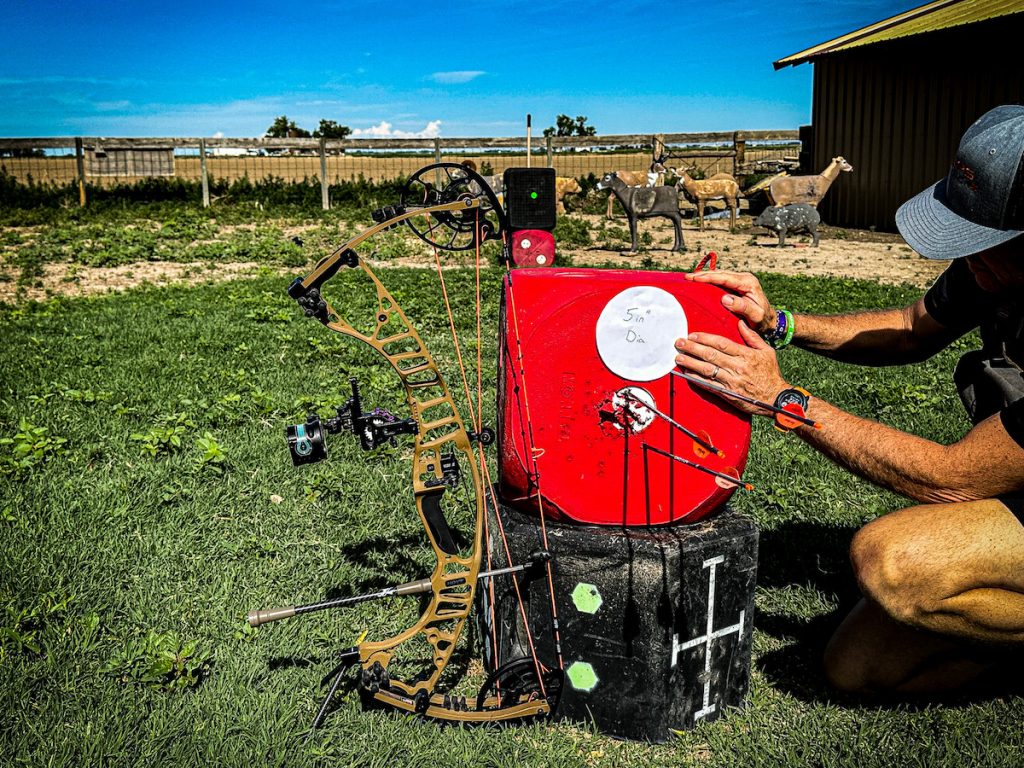
Next, I shot the point head-to-head against my field points out to 90 yards, and though starting at 82 yards, my 1.75s dropped .4 inches low and a tick right of my field points, they were still all in the vitals of Delta Mckenzie’s Backyard Antelope 3D target at 90 yards.
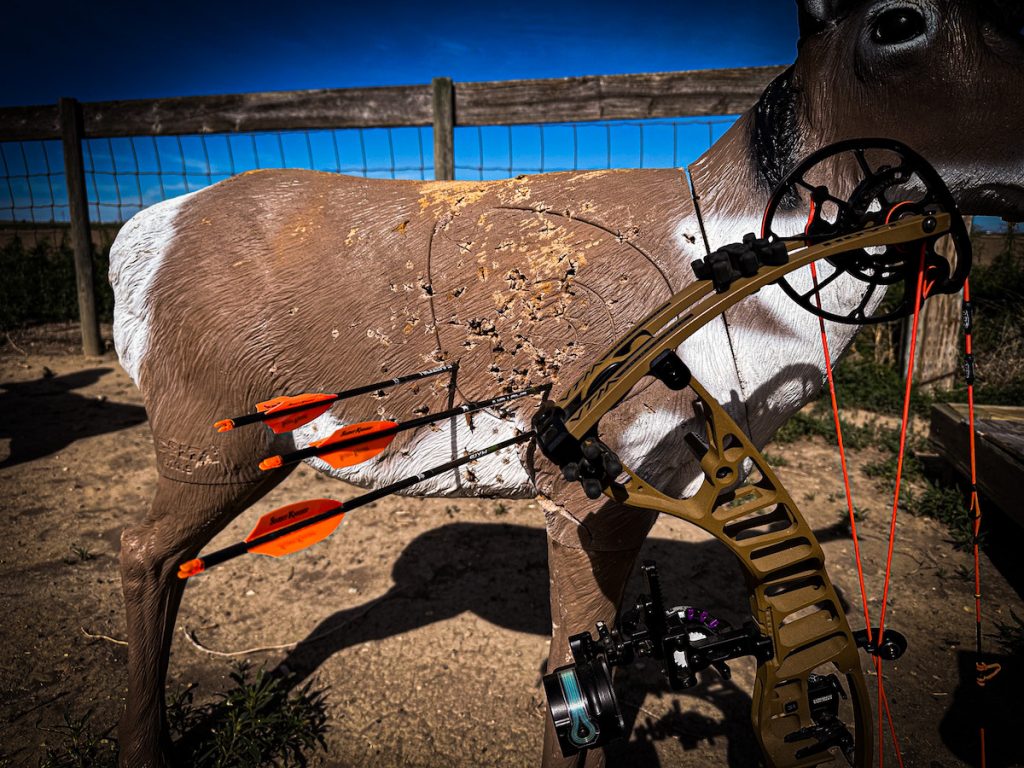
The accuracy feature is what first pulled me toward SEVR. I spend weeks every year carefully selecting the right sight tape for my Spot-Hogg sight. Once I decide on a tape, I don’t want to choose a different one for broadheads. I want a simple process, and with SEVR, I get it.
The sleek, streamlined build cuts the wind and flies quiet, which are other must-have features I demand in a broadhead.
Practice & Hunt
I’ve penned several SEVR reviews over the years, and my favorite feature is still Practice Lock. The value of inserting a single set screw into the ferrule to lock the blades in place so you can practice with the same broadhead you plan to hunt with is invaluable.
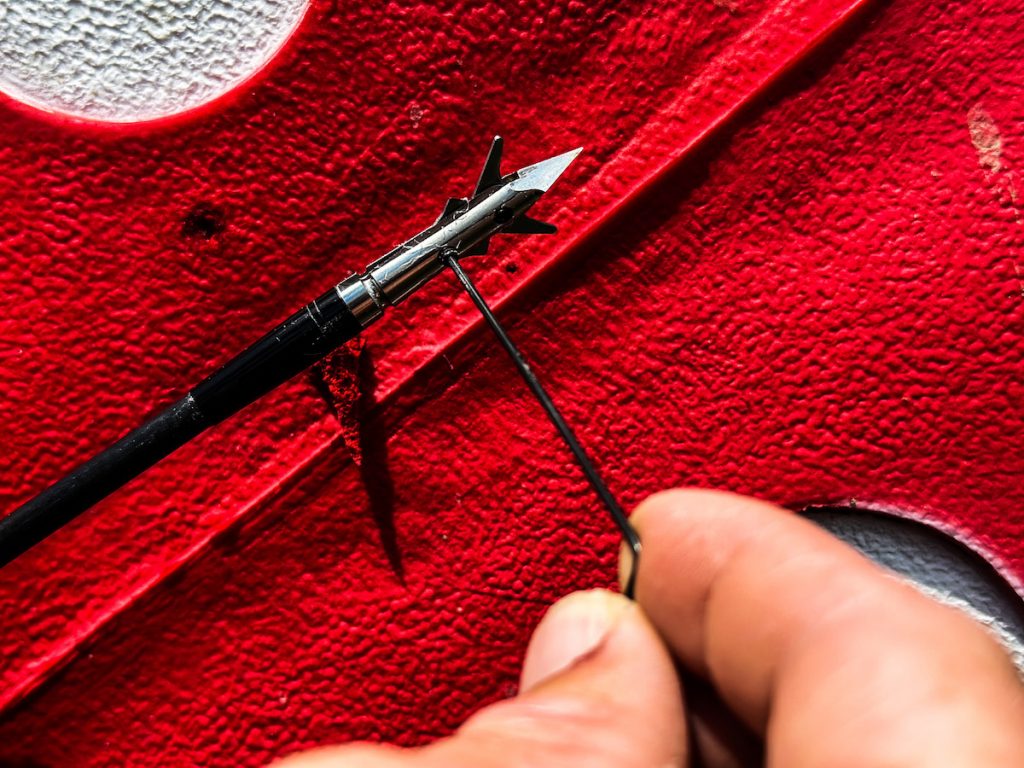
You owe it to yourself and the animal to shoot the actual broadhead — not a practice head that comes in the pack — out to your furthest hunt distance. With other broadheads, this is an expensive task. Like everything, the cost of broadheads has gone up, and I don’t fancy spending an extra $50 on a pack of broadheads that I only plan to practice with.
If you don’t bend the needle-point tip, you can shoot SEVR heads hundreds of times into foam, remove the screw, and kill a big-game animal. I have done this many times, and it doesn’t get much better than that.
Penetration
This is an actual review, and I won’t write a word about how well the 1.75″ penetrates. I have yet to test the broadhead on a big-game animal; foam only tells you so much.
You need to know that I have had remarkable results with the 1.5″ and 2.0″, and I expect the same results with the 1.75.” Because the blades stay contained in the ferrule and the needle-point tip creates an immediate cut, the wing tabs swing the blades from the rear of the broadhead quickly, and little energy is lost.
Last season, I shot a bull elk at 35 yards, and he was quartering to. You can tar and feather me, but I have confidence in my gear and my abilities, and I sent an Easton 4MM Axis Long Range tipped with a SEVR 1.5″ through the bull’s scapula, and it was poking out on the offside rib. The bull died in sight.
Lock-and-Pivot technology is remarkable, and when I do my job and put my 1.5″ and 2.0″ heads in the right spot, they always perform. I expect the same results from the 1.75″.
Like the 1.5″ and 2.0″, the 1.75″ features SEVR’s Stretch Cut. This technology means the blades cut and stretches the hide, producing a larger-than-blade slice. Some of the blood trails I have witnessed over the years have been incredible with SEVR heads.
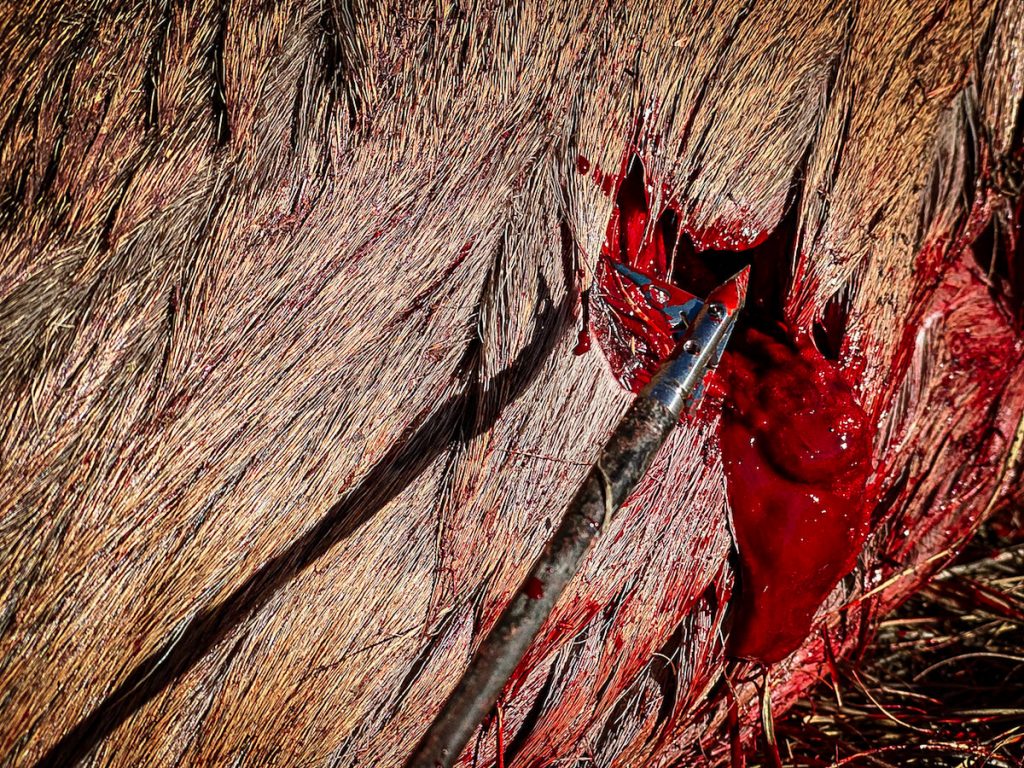
And putting the locked blades back in the ferrule is as simple as inserting the included red tab tool between the wing blade and the actual blade and folding one side back into the ferrule. Once a blade is unlocked and placed back in the ferrule, the other can simply be pushed in carefully with a finger.
Durability
I don’t get hung up on this category. As long as the broadhead flies true, cuts like crazy, and doesn’t implode on impact due to shabby build, broadhead durability means very little to me.
With that noted, these heads are tough customers. Titanium has the highest strength-to-weight ratio of all metals. Over the years, I’ve sent SEVR-tipped arrows into rocks, trees, etc., and they hold up very well. Not once have I shot an animal with a SEVR and not been able to reuse it. Yes, SEVR offers replacement blades, and while I retire my SEVRs after they have killed a critter, you can get replacement blades.
Final Thoughts
Over the past three years, I have sent SEVR heads through pronghorn, whitetail, mule deer, elk, bighorn sheep, hogs, and turkeys. These are the broadheads I trust on every bowhunt for any game, and if you opt to fill your quiver with SEVR heads this fall, I’m confident you’ll find a tried-and-true head you will never switch from.


